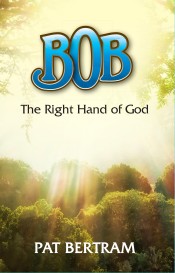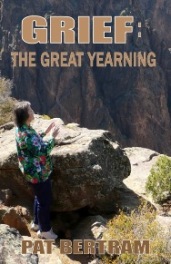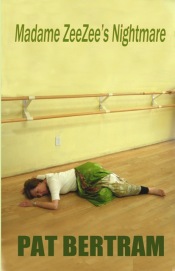I have never paid much attention to iconography since I have no real feel for art or imagery. I think in words, process emotions in words, and come to terms with life and the world by way of words. In fact, until this very moment, I’d never even used the word “iconography.” I do know what it means, of course — the interpretation of the symbols in art, images that tell a story, especially religious symbols. It comes from eikon a Greek word meaning “image,” and graphe a Greek word meaning “writing.” Such “image writing” was the earliest form of writing. From what I’ve managed to glean, a pictograph is a simpler version of a icon, something with a single, specific meaning, whereas an icon is a symbol with a broader, more artistic meaning that generally needs to be interpreted in cultural context. (Oddly — odd to me, anyway — iconography is not the study of iconographs — iconographs are pictures formed of words.)
Not only had I never paid much attention to iconography, I’d never really paid much attention to the symbols and images that we are all familiar with until recently. I play one of those hidden images games, though for some reason I’m embarrassed to admit it. Still, I do spend time on the game, going from location to location to find the objects.
These locations are completely different from one another, and each is instantly recognizable. For example, a Christmas scene is obviously Christmas themed, a Chinese New Year scene is obviously Chinese themed, a haunted house is obviously Halloween themed. There are a vast array of images that evoke Christmas — stockings, trees, reindeer, cookies, wreaths, stars, snowflakes, candy, the colors red and green. (There are just as many images of a religious nature, such as nativity scenes, but those aren’t used in the Christmas scenes in this game.) Many recognizable Chinese images, such as lanterns, storks, conical hats, fans, and dragons. And many images that evoke a spooky feel — bats, gargoyles, brooms, witch’s hats, toads, tarot cards, wands.
The locations in the game don’t all revolve around holiday themes. For example, there is a laboratory, with images such as telescopes, magnets, funnels, bellows, oil lamp, and a medical mask; a train station with luggage, cameras, books, pigeons, and pith helmet; a seaside bungalow with mermaids, pirate hat, barometer, boat, toucan, books, and sandcastle.
None of these locations can be confused with any other, which has led to me to this reflection upon the images of our lives. We are steeped in symbols, way more than I ever imagined. This game reflects many of the cultural symbols of our lives, but there are all sorts of symbols. Religious symbols. Musical symbols. Occult symbols. Political symbols. And each of these symbols calls forth some sort of emotion. The news media in particular uses images to convey messages, and many of those images have become part of our heritage, such as Kennedy’s Texas motorcade, Nixon’s outstretched arms, the little Napalm girl.
I don’t know what any of this means — it’s just something I’ve been thinking about. But it does show me that as sophisticated and advanced as we think we are, our basic form of communication still seems to be the pictograph just as it was so many thousands of years ago.
***
Pat Bertram is the author of Grief: The Inside Story – A Guide to Surviving the Loss of a Loved One. “Grief: The Inside Story is perfect and that is not hyperbole! It is exactly what folk who are grieving need to read.” –Leesa Healy, RN, GDAS GDAT, Emotional/Mental Health Therapist & Educator.



















